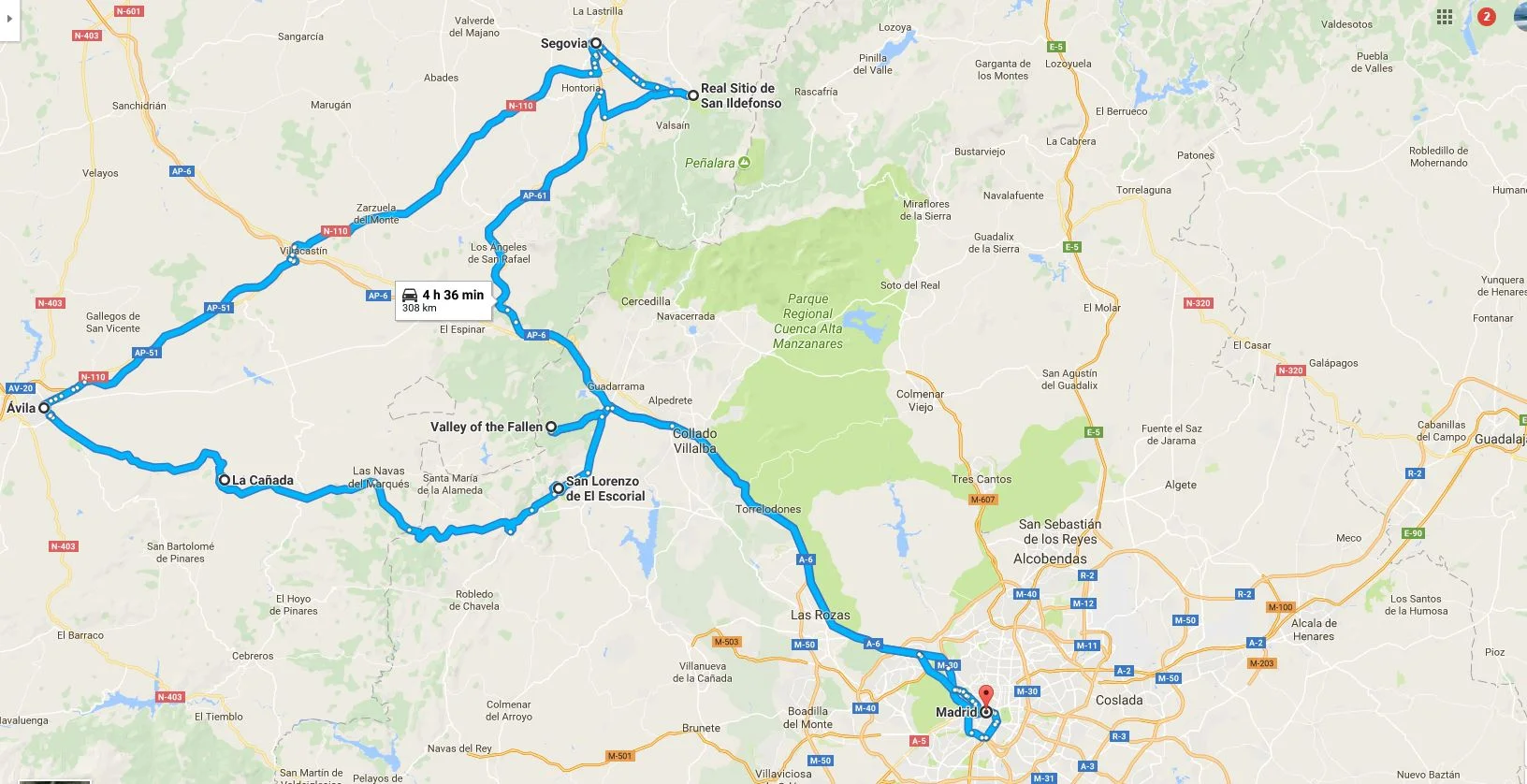Avila - Segovia - A Regal Heritage
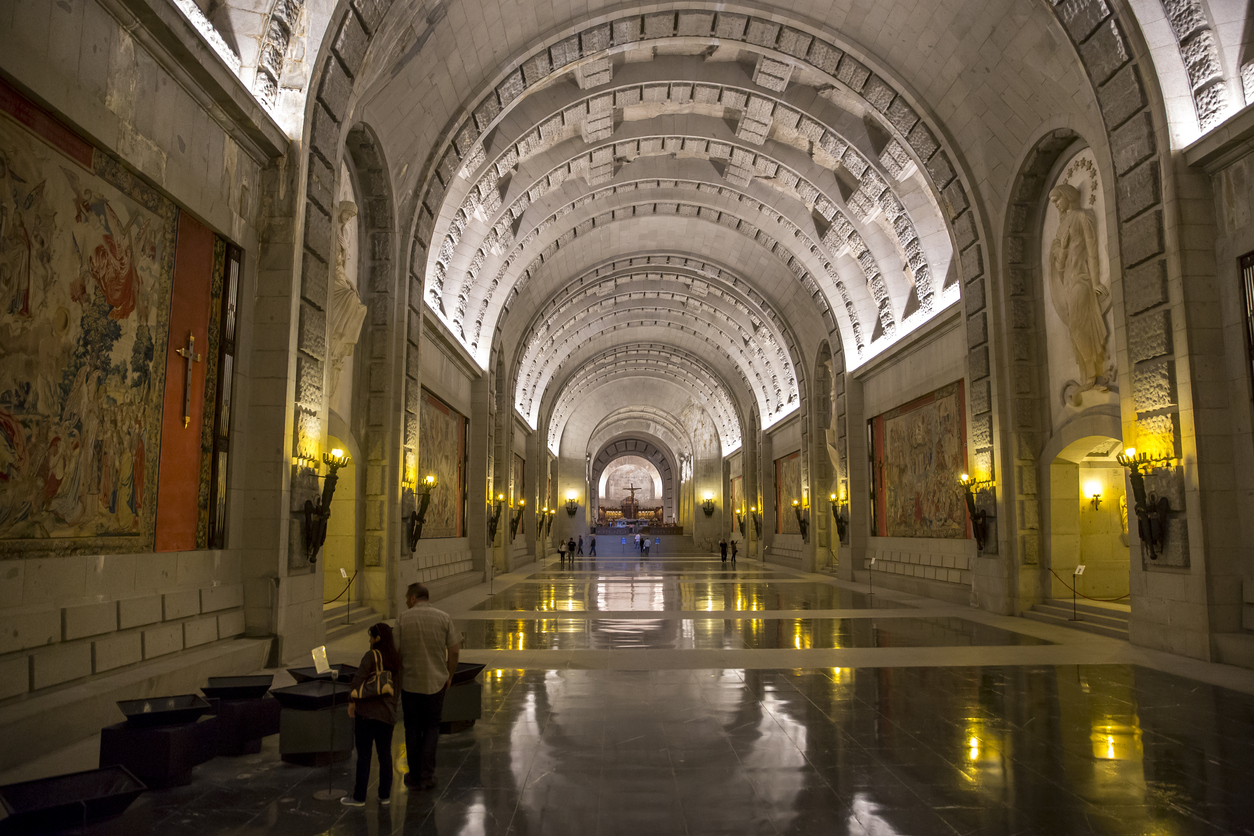

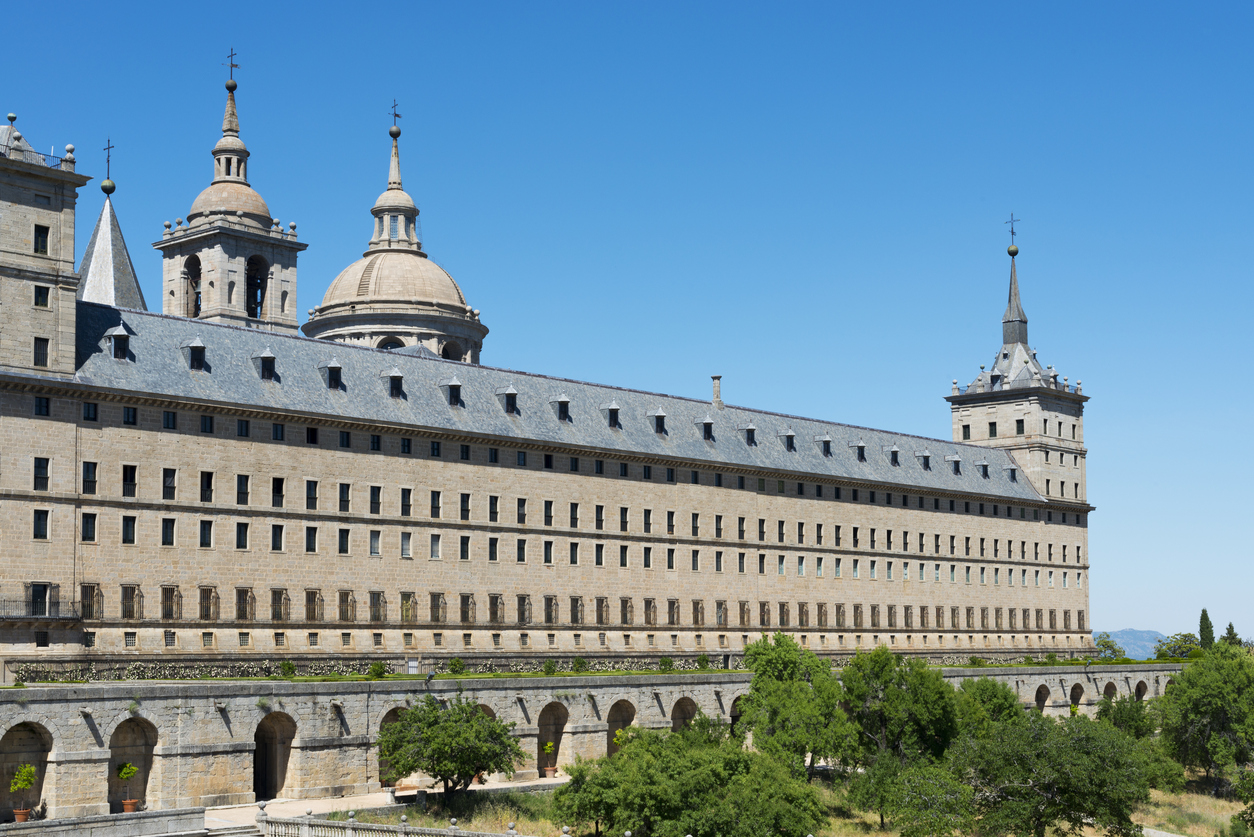


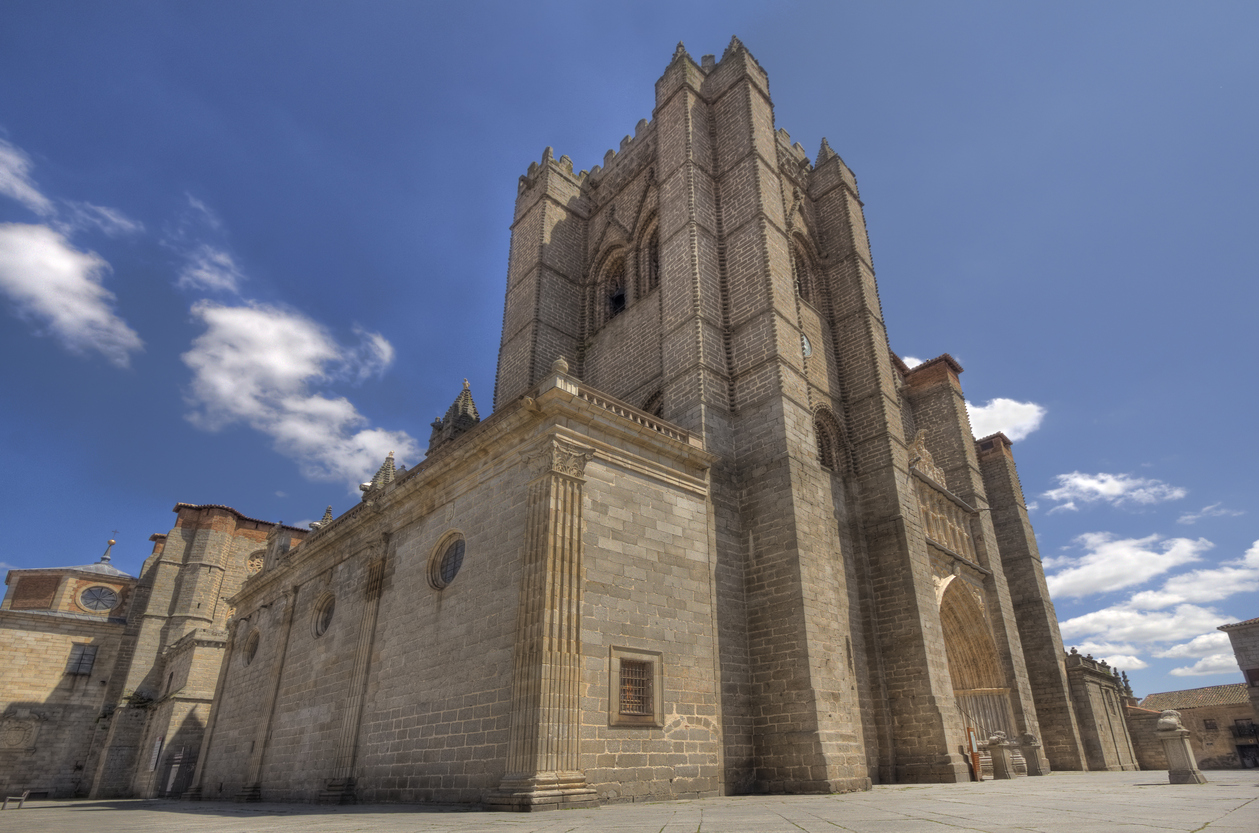
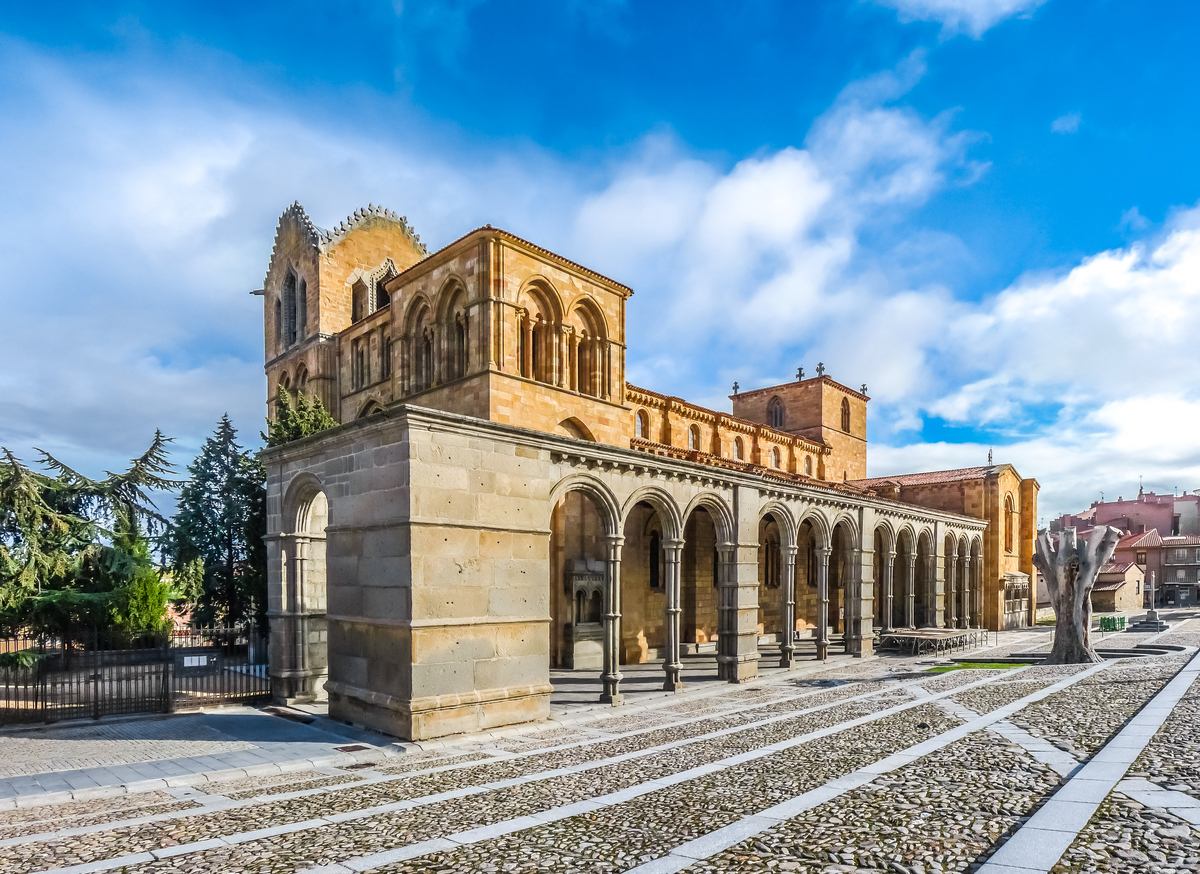
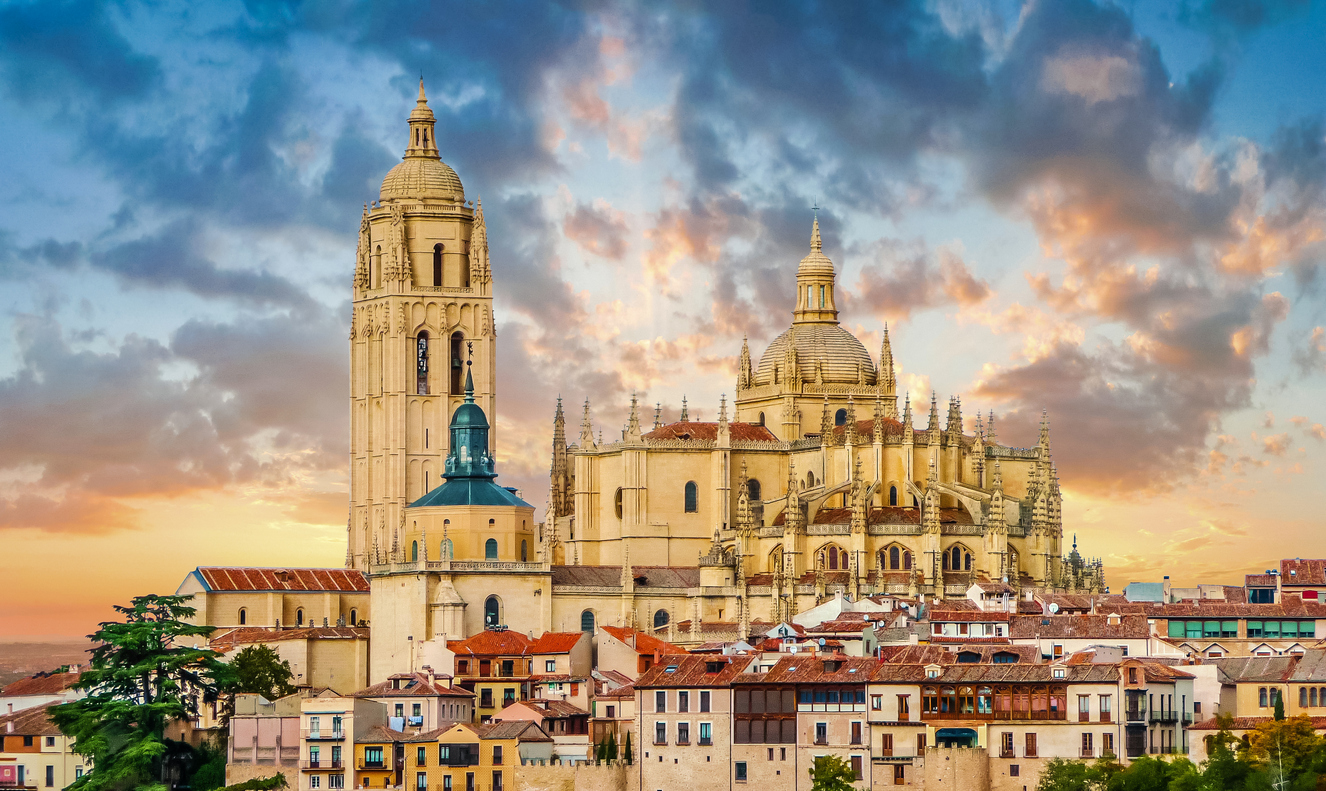

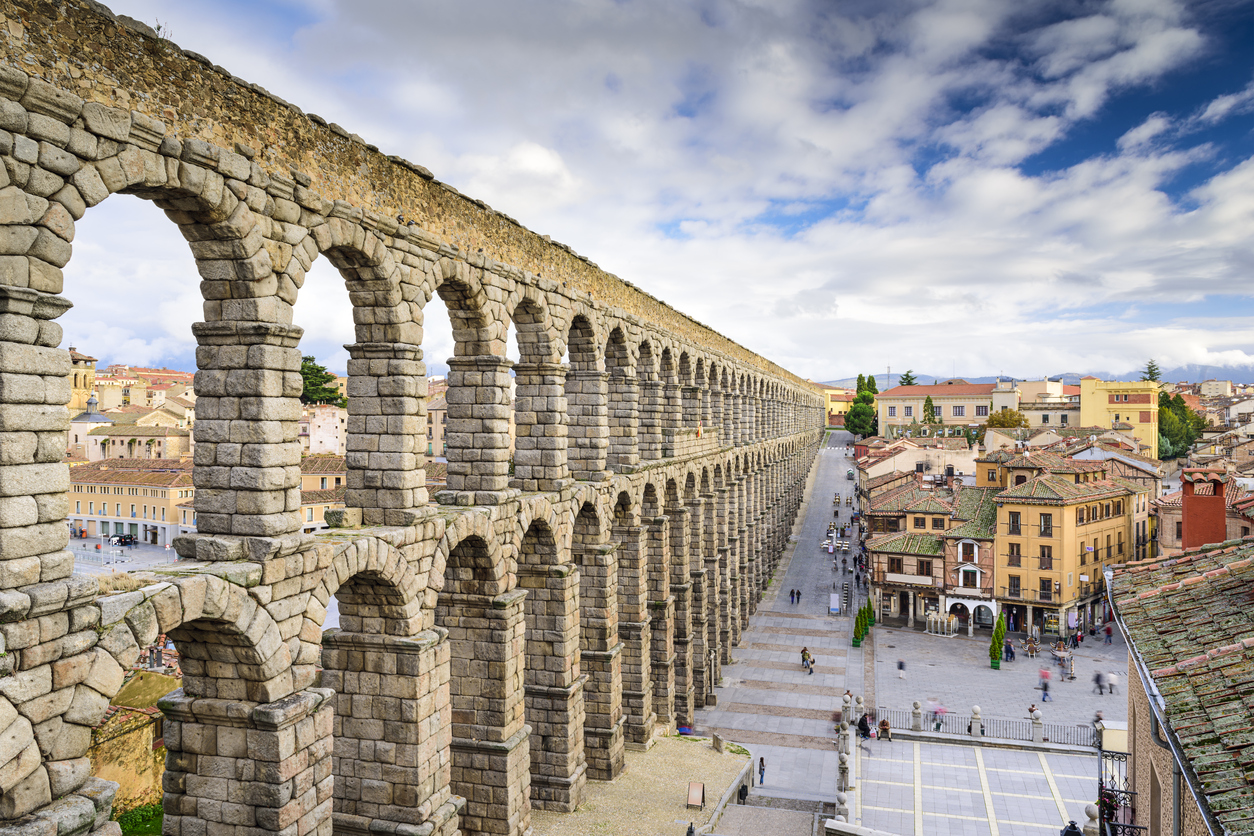
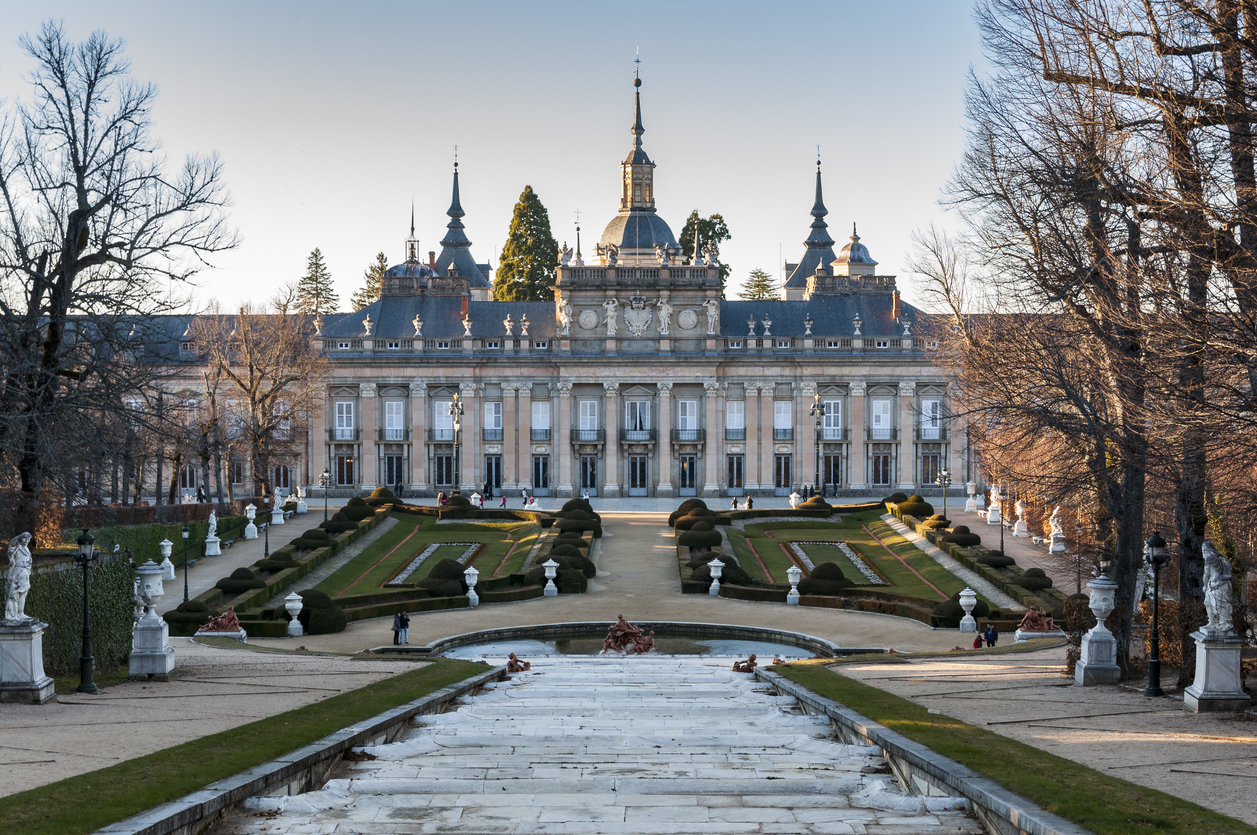
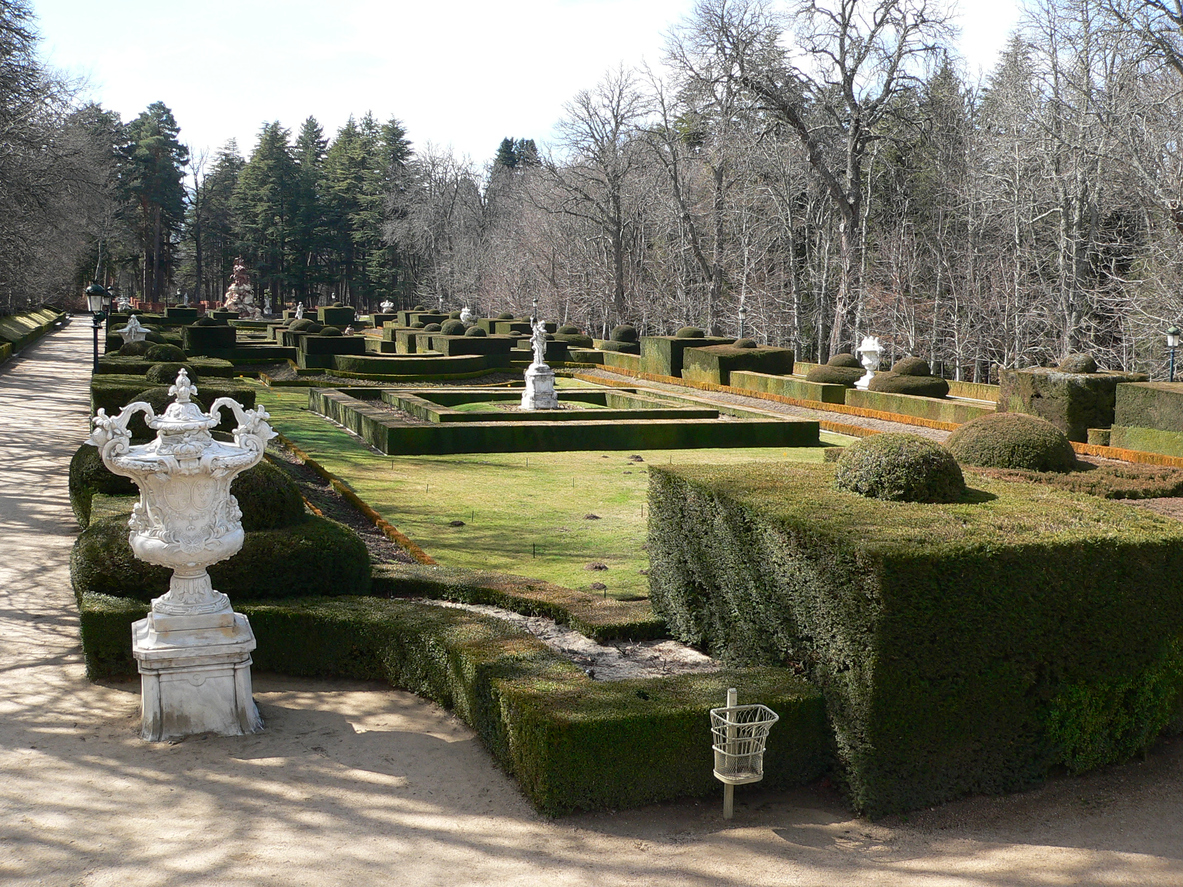
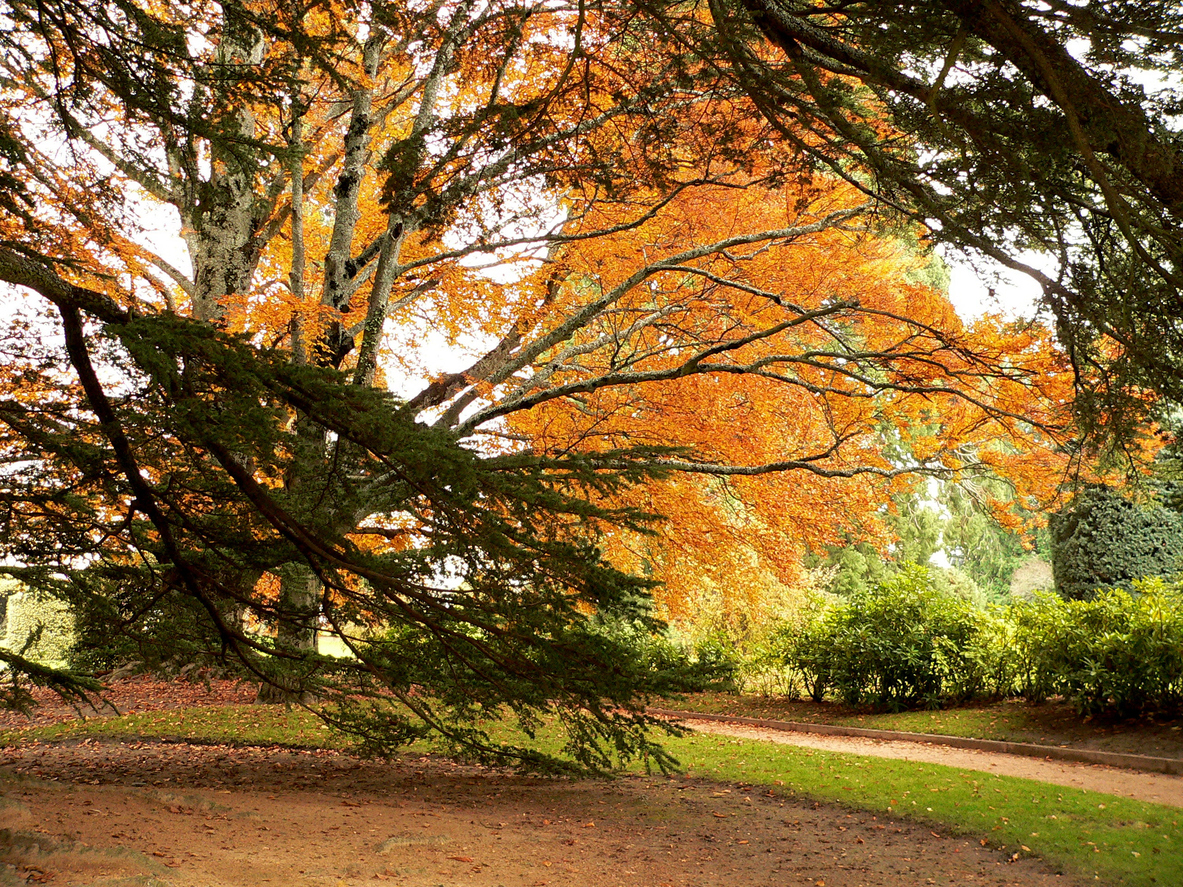
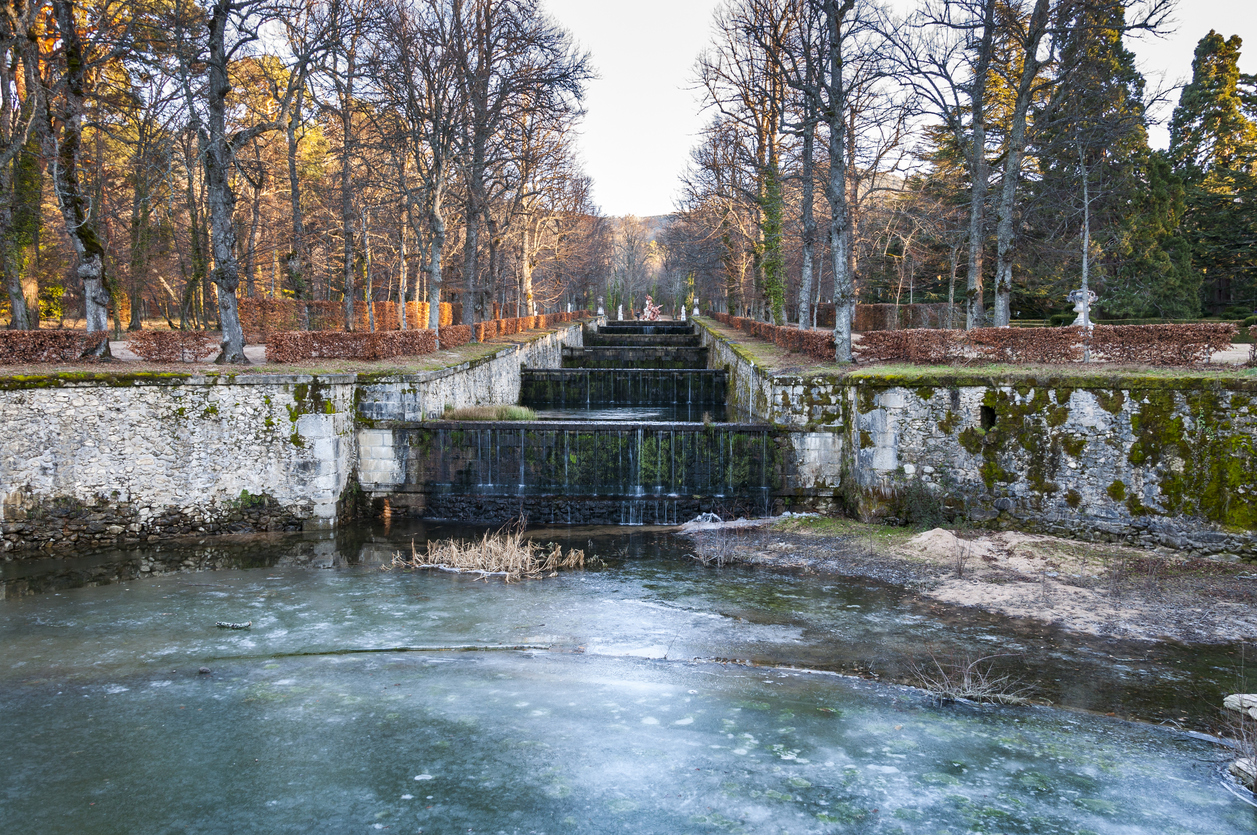
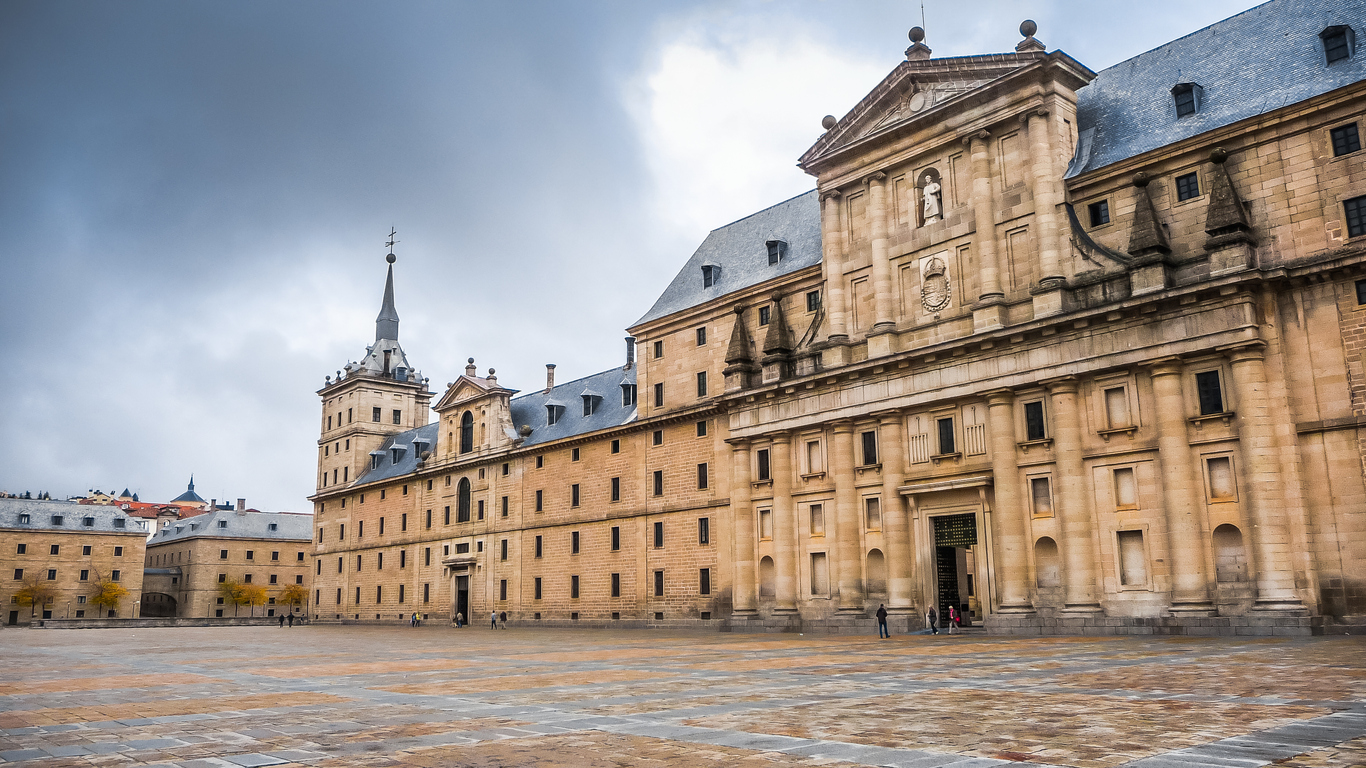


The area North West from Madrid is peppered with some excellent examples of Spanish architecture and historical sites. If you leave early in the morning you can visit all the sites proposed, alternatively you might like to spend the night in Segovia..
Valle de los Caidos of the The Valley of the Fallen (Valle de los Caídos) is located in the Sierra de Guadarrama. The complex was built between 1940 and 1958 and is a monument to those who died on both sides during the Spanish Civil War (1936-1939). There is a small cost to enter the monument and the opening hours change by the season. See here for more info.
The monastery of El Escorial is located in in the foothills of the Sierra de Guadarrama, in the township of San Lorenzo. The monastery was built as a monument to commemorate the Spanish victory over the French in the battle of Saint Quentin on 10 August 1557, and for many years after its construction was the largest building in the world. El Escorial is so much more that a monastery and the artwork and magnificence of the building is something to experience. See here for information about the opening hours and entrance prices.
Avila is an amazingly maintained medieval city with prominent walls built in the Romanesque style. The site has been inhabited since the 5th Century BC and the town reflects many of the architectural features of ancient roman cities. The city features a number of significant buildings so leave time to wander the streets and enjoy a stroll along the top of the city walls.
Segovia sits to the North West of Madrid and is home to a functioning Roman aqueduct that dominates the landscape, the imposing Segovia Cathedral and Alcazar of Segovia, which was a favourite residence of the Alfonso X the Wise and Henry IV, and Isabella the Catholic was crowned Queen of Castille in Segovia's Plaza Mayor. The old city is best visited foot and you can find easy parking just below the Aqueduct. In addition to some historically significant buildings Segovia is graced with some beautiful gardens. Segovia is also home to Cochinilla (suckling pig) and you should spend the time to enjoy a meal of cochinilla with your family and friends.
Just to the south of Segovia is the small town of Real Sitio de San Ildefenso which is home to the magnificent "La Granja" (Royal Palace of La Granja de San Ildefonso) a royal palace with spectacular gardens. The palace and gardens were modeled on the Palace of Versailles, that was built by Philip's grandfather Louis XIV of France.
The Journey
Leaving Madrid early, head north west out of Madrid along route A-6 which will turn into the AP-6. Take exit 47 and head towards San Lorenzo along the M-600.
Turn right at Calle los Camareros and climb up the hill about 2 kilometers to the Valley of the Fallen or (Valle de los Caidos).
Head back down the Calle los Camareros toward San Lorenzo, turn right towards San Lorenzo when you reach the M-600 again.
When you reach San Lorenzo head towards the Real Monasterio de San Lorenzo de el Escorial. After you have explored the monastery head out of San Lorenzo twoards Avila on the M-505.
On the way along the M-505 it will change to the CL-505 and this road will take you Avila. You might want to spend the night in Avila, if you are an avid explorer.
After you have wandered the streets and walls of Avila its time to head out of Avila to Segovia along the N-110 (AP-51). Turn left on the CL-601a and drive up towards the Aqueduct of Segovia. You can park your car below the Aqueduct.
On leaving Segovia you head back down the CL-601 to Real Sitio de San Ildefonso, and visit the Palacio Real.
Leaving Real Sitio de San Ildefonso head back up CL-601 to N-603 and turn right. And then join the AP-61 and head back to Madrid.


